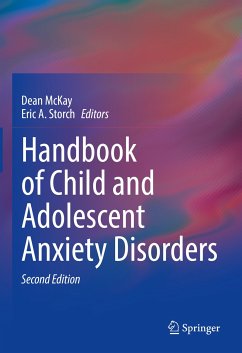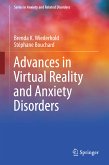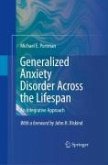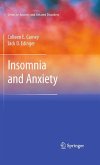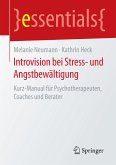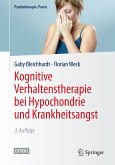As the field continues to shift from traditional symptom-based concepts of pathology to a contemporary, dynamic paradigm, the Second Edition addresses such key topics pertinent to childhood anxiety as:
· Early childhood disorders, including failure to thrive and attachment disorders.
· Aggression, ADHD, and other disruptive conditions.
· Developmental models of depression, anxiety, self-injury/suicide, and OCD.
· The autism spectrum and other chronic developmental disorders.
· Child maltreatment and trauma disorders.
The Handbook of Child and Adolescent Anxiety Disorders, Second Edition of the handbook is a discipline-defining, forward-looking, essential resource for researchers, clinicians, scientist-practitioners, and graduate students in such fields as developmental psychology, child and adolescent psychiatry, social work, child and school psychology, educational psychology, and pediatrics.
Dieser Download kann aus rechtlichen Gründen nur mit Rechnungsadresse in A, B, BG, CY, CZ, D, DK, EW, E, FIN, F, GR, HR, H, IRL, I, LT, L, LR, M, NL, PL, P, R, S, SLO, SK ausgeliefert werden.

